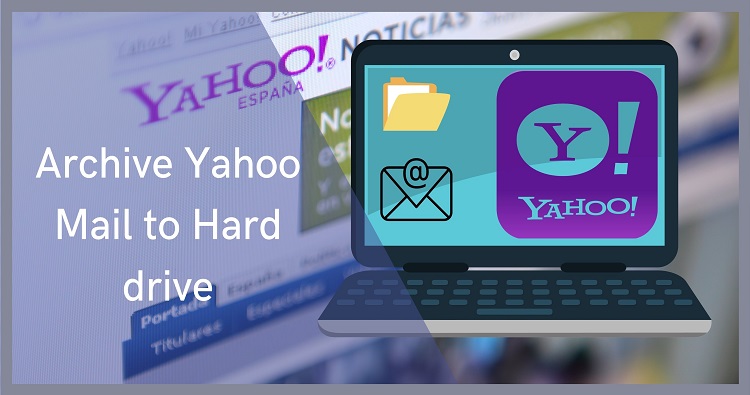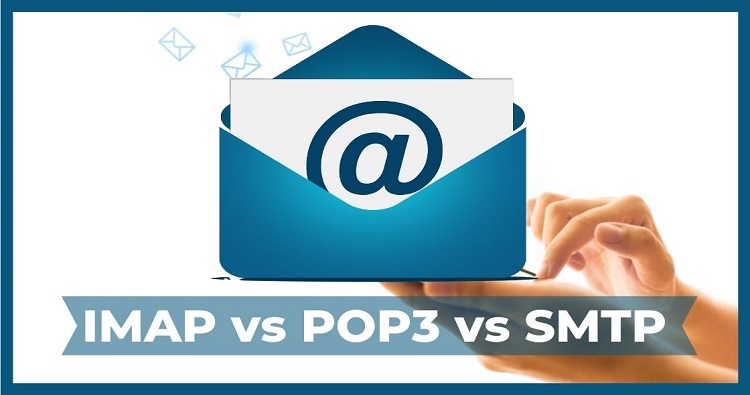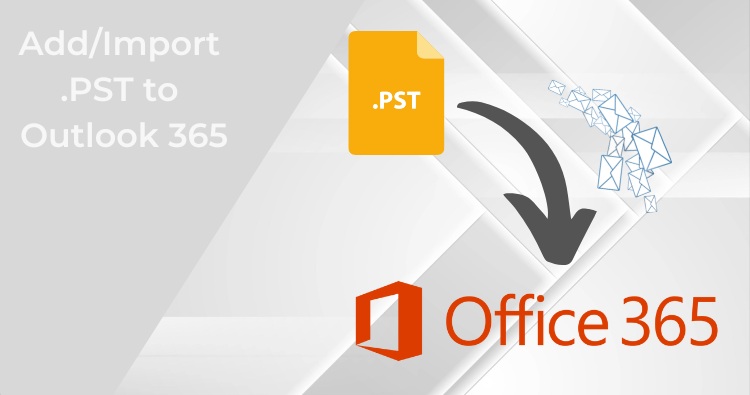Several ways are available on the internet for G Suite Email backup. But only two methods are suggested by experts. Some users use a Google takeaway service for G Suite backup, but I don’t recommend it for large firms.
In this article, we’ll talk more about it. Manual methods require different technical skills and knowledge. A professional method will have an easy-to-use user interface. We’ll tell you everything you need to know about both ways for G Suite Email backup. You must follow the steps below. Firstly, let’s talk about why G Suite backup is important.
Why You Need to Backup G Suite Emails
See the section below for more information on how backing up your G Suite (previously Google Apps) customers’ data might be helpful in various situations.
- When people unintentionally or maliciously remove your data.
- A third-party application’s set of “authorized” permissions damages your G Suite domain.
- If the synced device is lost or stolen.
- When a ransomware assault threatens your Google data.
- If Google’s services are interrupted or stopped.
- If mergers and acquisitions occur.
- Whenever you need G Suite data for legal or audit requirements.
- If you need certain user information after an employee leaves.
An individual user or admin of an organization may avoid, deal with, or resolve the issues mentioned earlier by creating backups of their G Suite accounts.
Benefits of Backup G Suite Emails:
This section gives some examples of when Backup G Suite can be helpful for users to keep safe their data.
- If you have accidentally or on purpose deleted your G Suite email data.
- Third-party apps Permissions may also cause damage to your G Suite email.
- You should always have a G Suite backup email to prevent losing or stealing your device.
- Your Google G Suite email data is at risk when Ransomware attacks.
- You can access your data in case of the G Suite service is downtime or stopped.
- In the case of mergers and acquisitions, G Suite backup helps.
- It is necessary when you require G Suite data for auditing or other purposes.
- If an employee leaves, you need the G Suite account email for a specific user.
Using the regular G Suite Email backup, G Suite users or an organization’s administrator can avoid the above problems. In the next section, we’ll talk about some ways to do this, like using manual methods or a G Suite Backup Tool.
Backup G Suite Emails Using Google Data Export:
With every Google Apps for Business licence, you can export data. Only a G Suite Admin can use this tool, which is flawed. It lets an administrator download and protects the data of every single user.
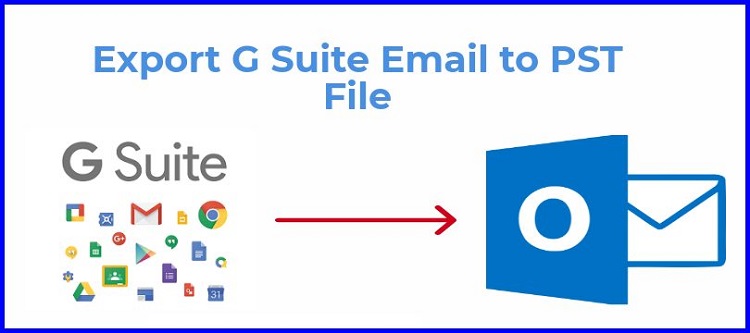
G Suite Email Backup Manual Process:
- Use the administrator’s login information to get into your G Suite account.
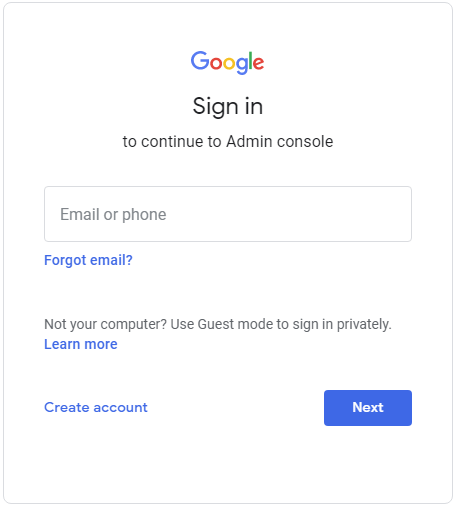
- After logging in, go to the Admin Console and click the button.
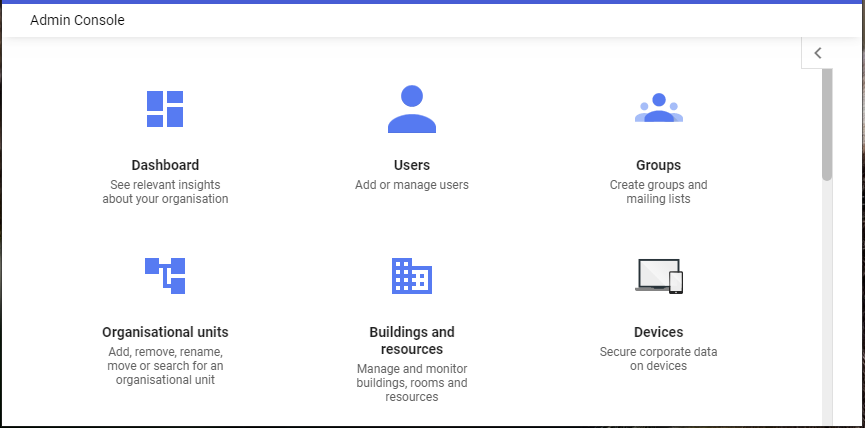
- In the admin panel, go to Tools and then select the Data Export option.
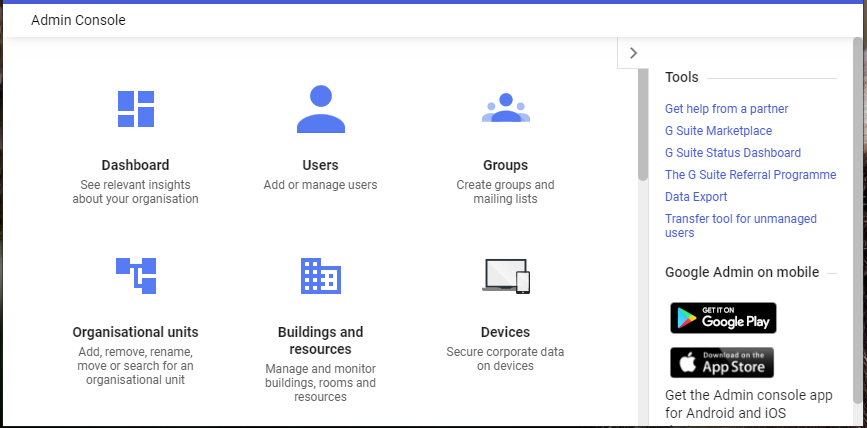
- On the next page, click the Start button to start the G suite email backup process.
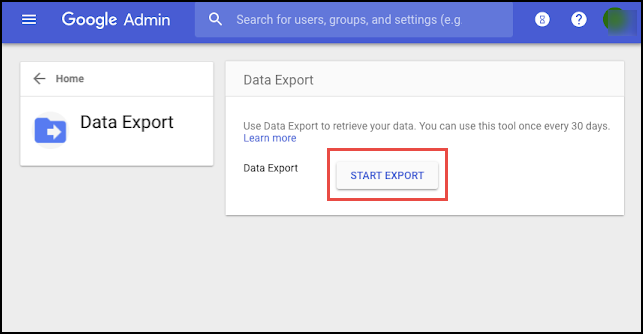
- The time that you have to wait has started. Google could take up to 9 days to send you a link to confirm that your exported data was sent.
- Once you get the email confirming, open it and click “Access Archive” to see the data that was backed up.
- Now, open each user’s folder one at a time and download their data to your local system.
If you keep backups of G Suite the manual way, you may run into a few problems. These are what they are:
Drawbacks of Using the Data Export Tool for G Suite Email Backup
Even though the technique mentioned above seems simple, people still search for specialized solutions to backup their G Suite data. This is due to your need for more control over the process while utilizing Data Export. You cannot modify it to suit your needs. Some more flaws include the following:
- Once the procedure begins, it cannot be stopped. There is no option to stop and continue here.
- You cannot utilize this function for 30 days after the data backup starts.
- It is a drawn-out process. As previously said, it may take up to 9 days to provide you with the data. Include the extra days for obtaining G Suite data after that.
- Due to human error, this process could cause data to be lost.
- Emails, contacts, calendars, and other data types cannot be exported selectively. Nothing may be excluded or included based on your needs.
- Even the quantity of users or the users whose G Suite mail you wish to backup is not selectable.
Because of all these problems, it’s not surprising that businesses are looking for an easier tool to set up and keep up to date. Even though Google Drive stores files in the cloud, it is not a typical G Suite email backup. You could make a perfect backup of your data to local folders with G Suite backup software.
Also Read: Export G Suite emails to PST
Third-Party Tool For G Suite Email Backup:
Shoviv G Suite Backup and Restore Software is a way to eliminate all the problems. This tool automates G Suite data backup safety. It backs up G Suite into PST files, which are easy to move to other programs. You can also restore backups to your G Suite account using the same interface.
This tool enables a complete backup in a few steps. There’s no chance of losing data or having a process fail. Its user-friendly interface makes it easy to use for all. Even someone who has never used it can make a G Suite backup quickly and easily without extra help.
The best thing about this tool is that it has a Scheduler feature. With Scheduler, you can set up the backup to run daily, weekly, or monthly.
Related terms: Email Migration
Wrap up:
In this article, we learn that the manual method is not best for G Suite email backup. Experts also say users should use one of the professional methods mentioned above. Shoviv’s G Suite backup and restore tool makes keeping a backup of your G Suite emails easy and safe. The above post talked about some of the best things about that, but there are many more.
If you want to see how this tool works, you can use the free demo version. The demo version lets you process the first 50 items per folder to test its performance.

